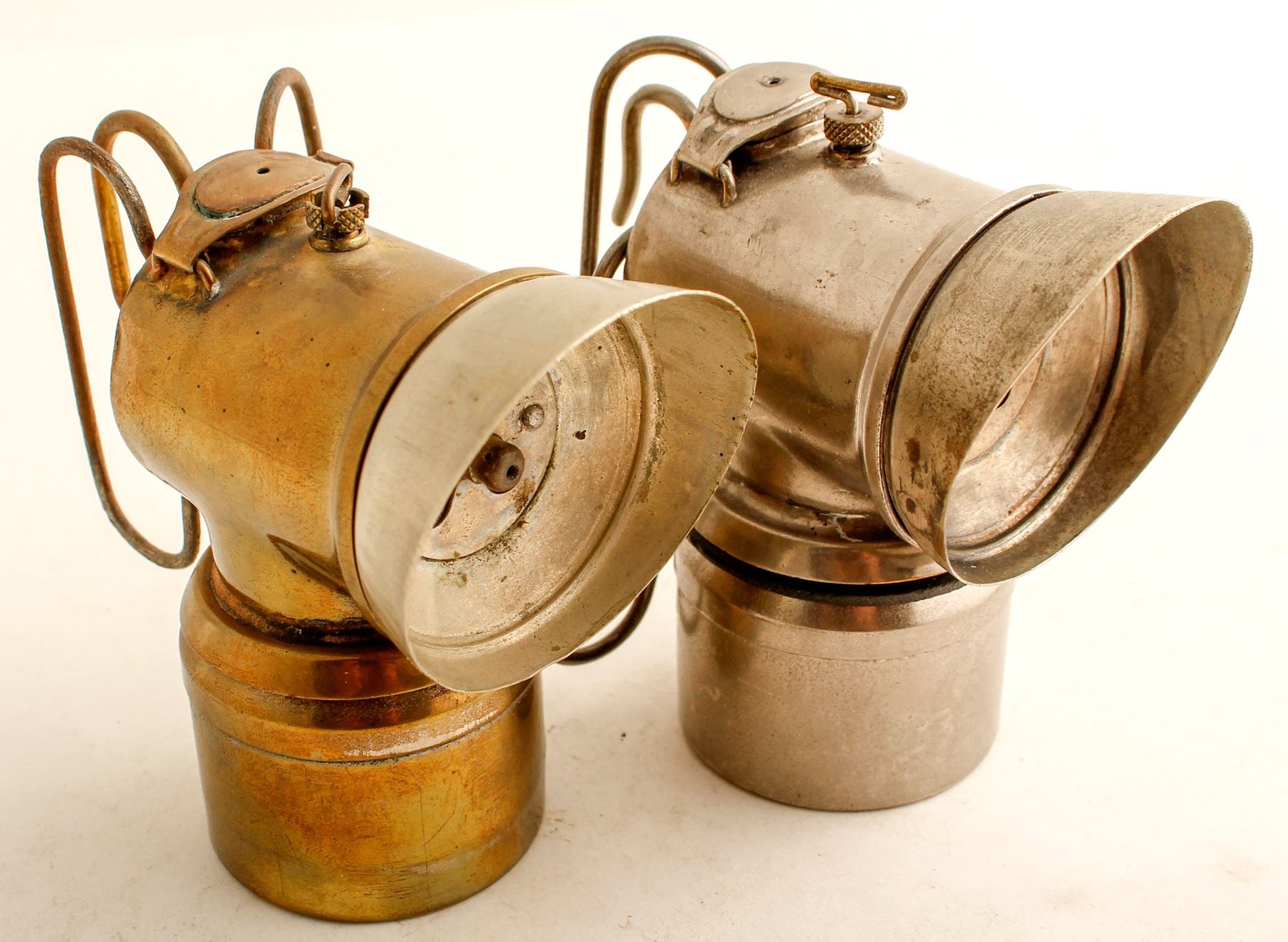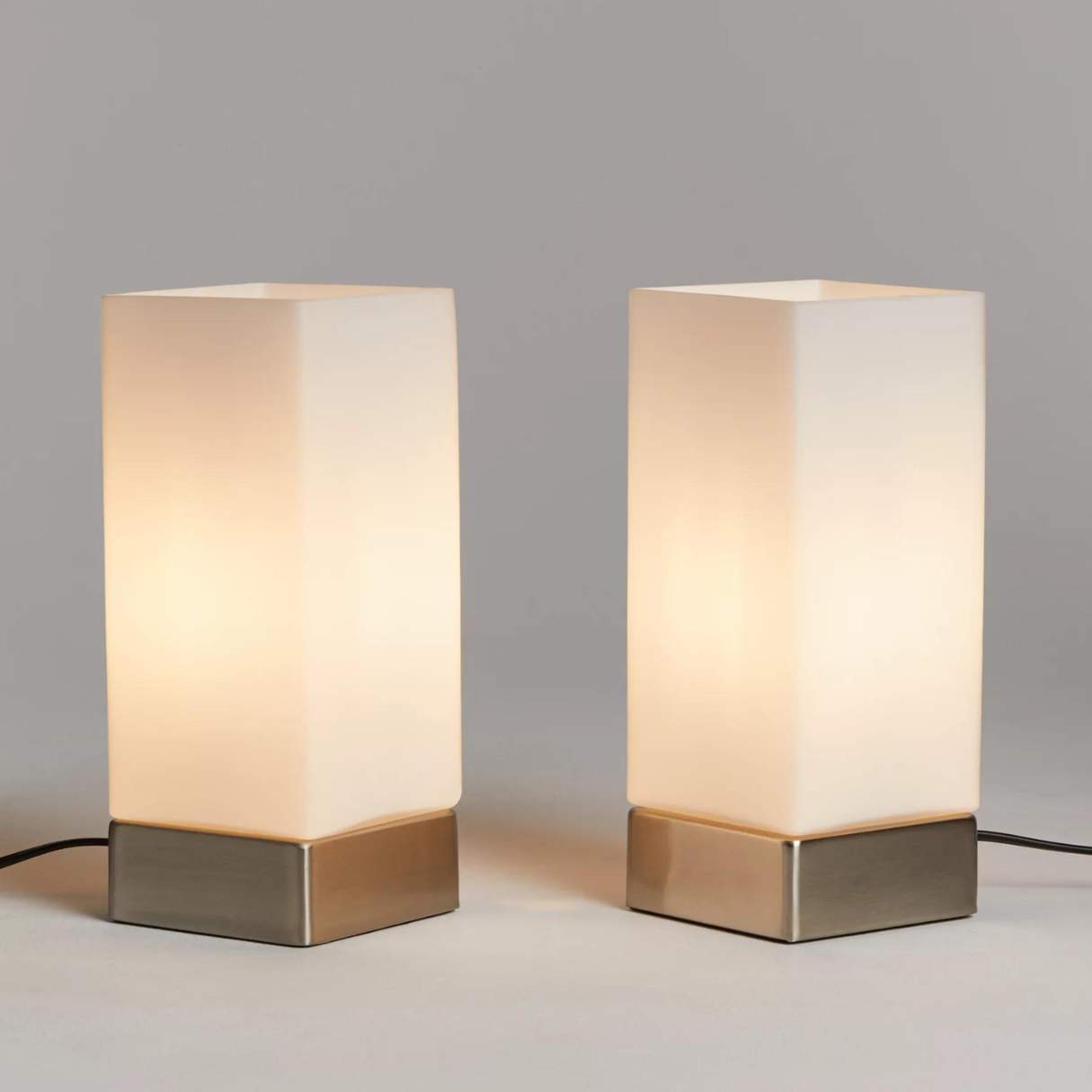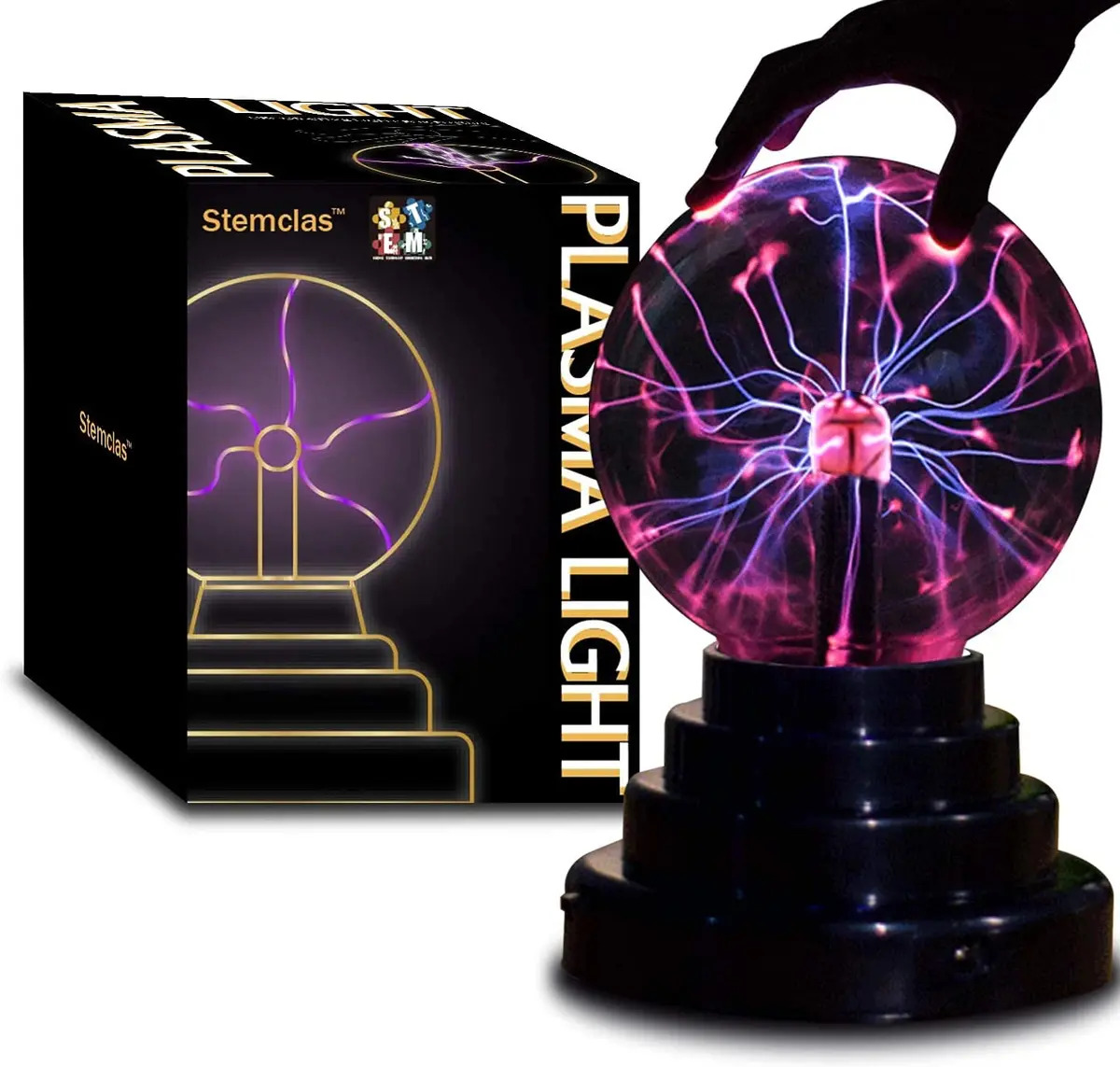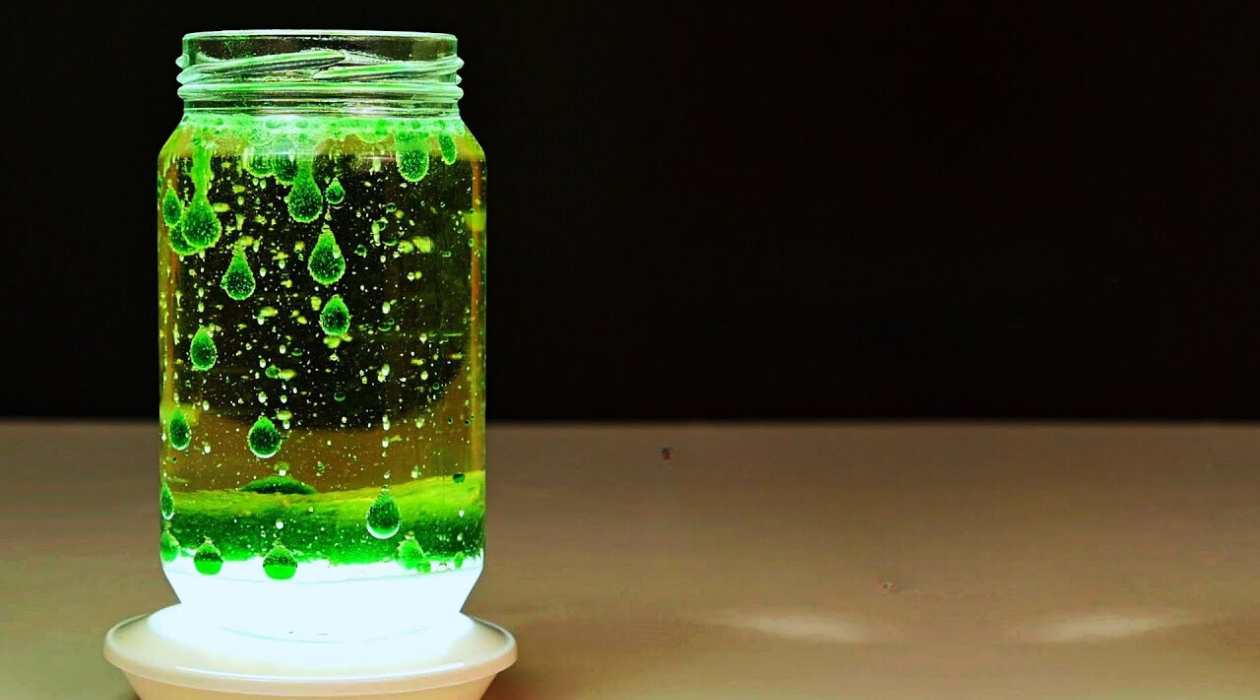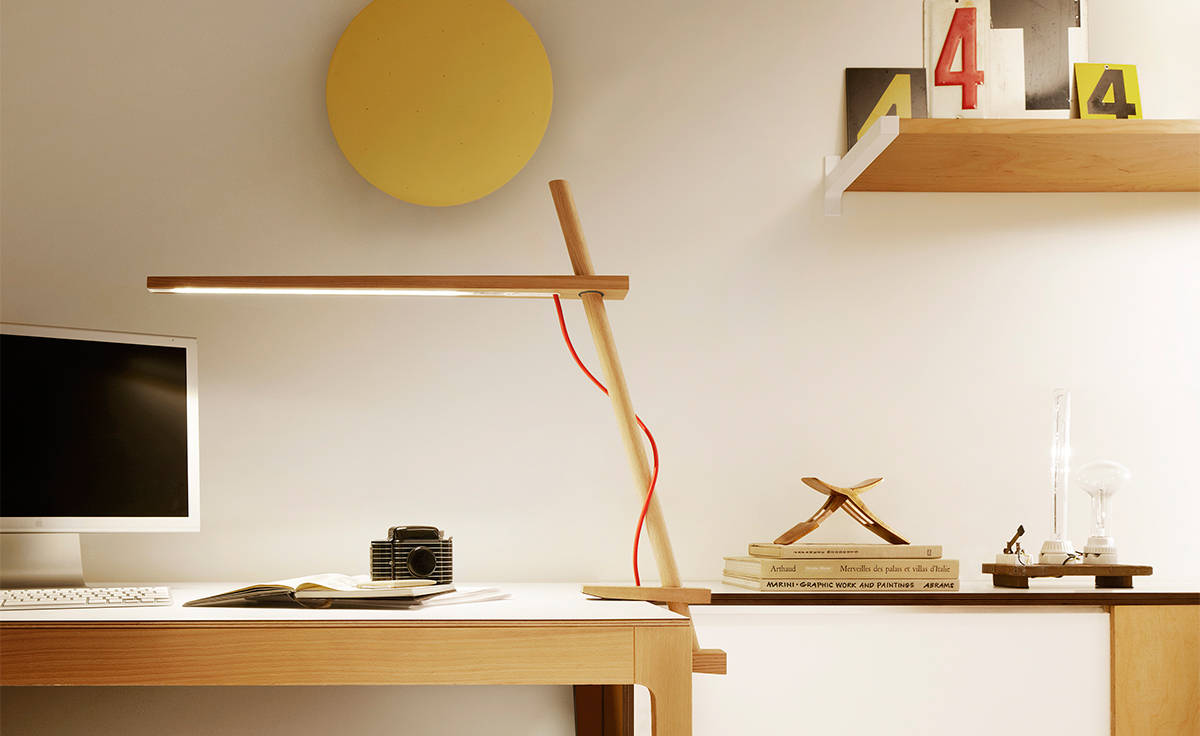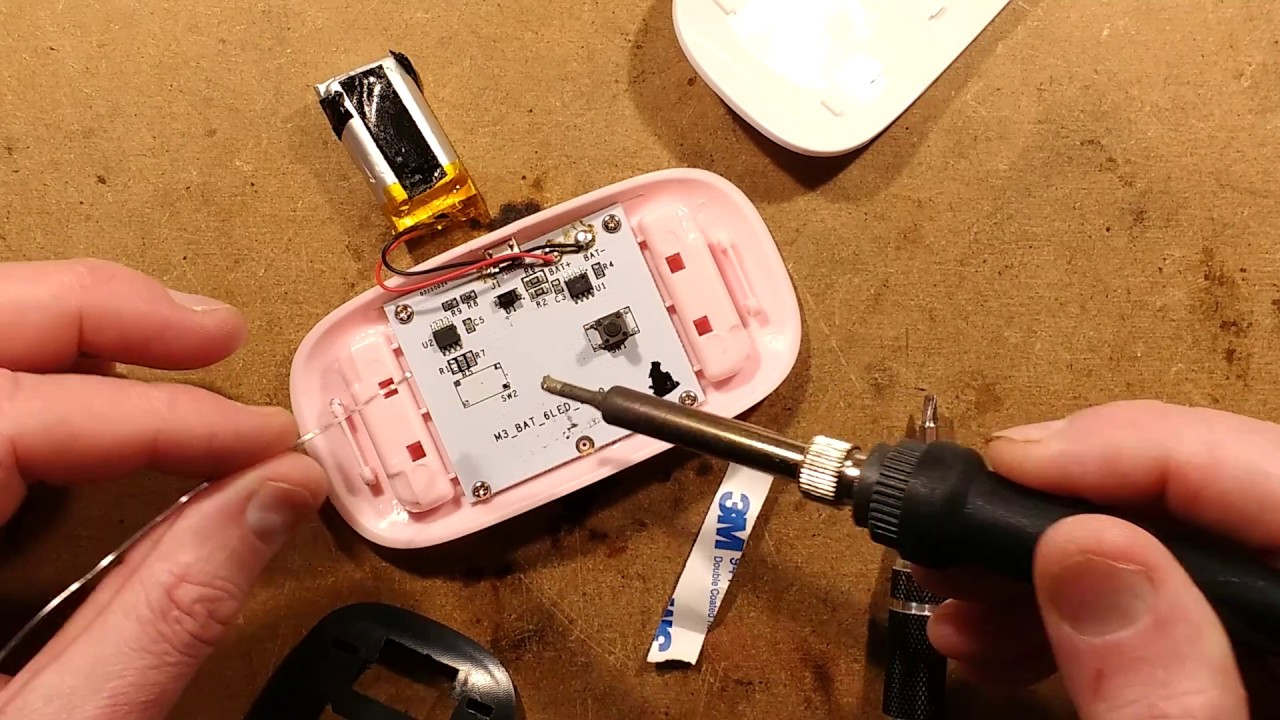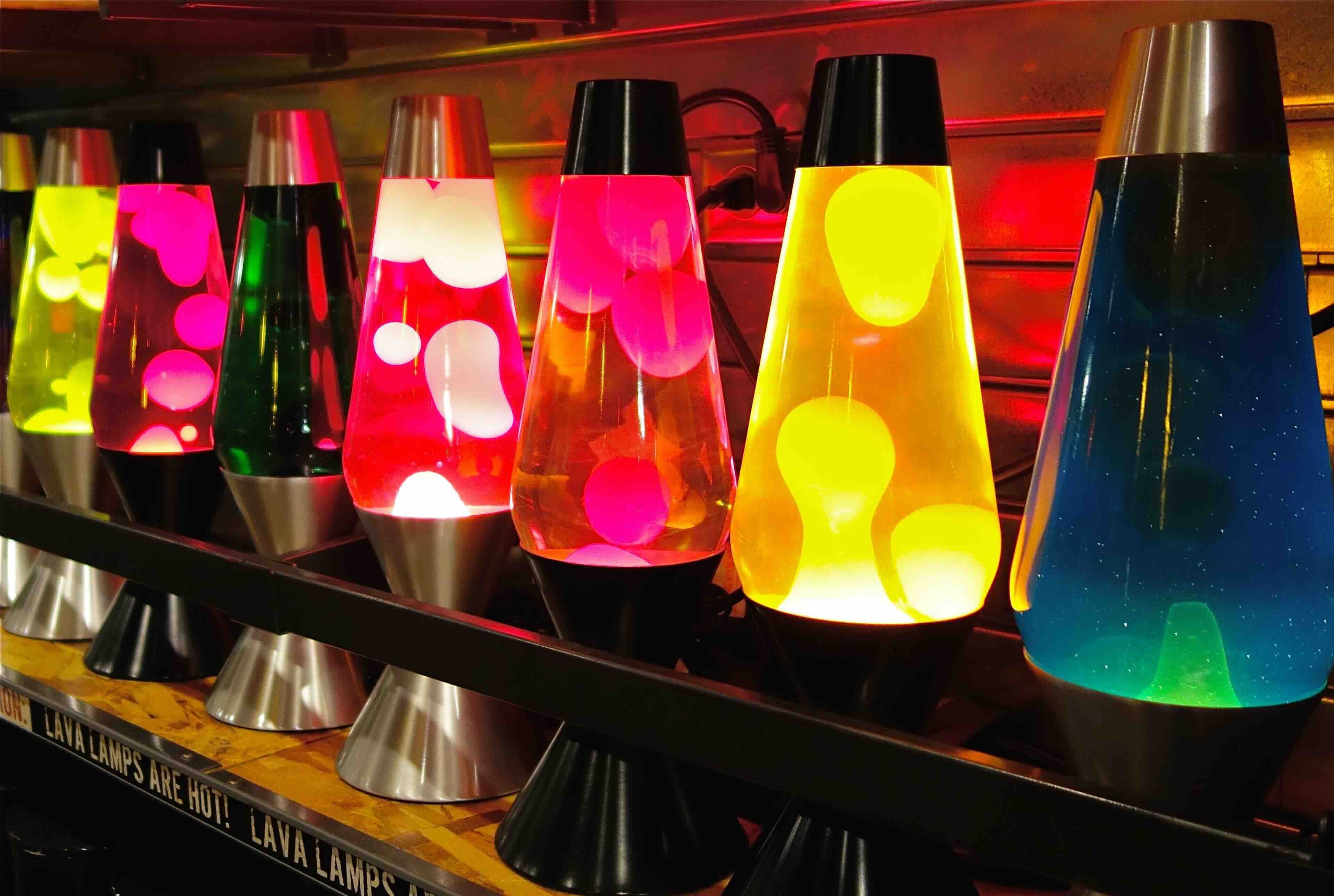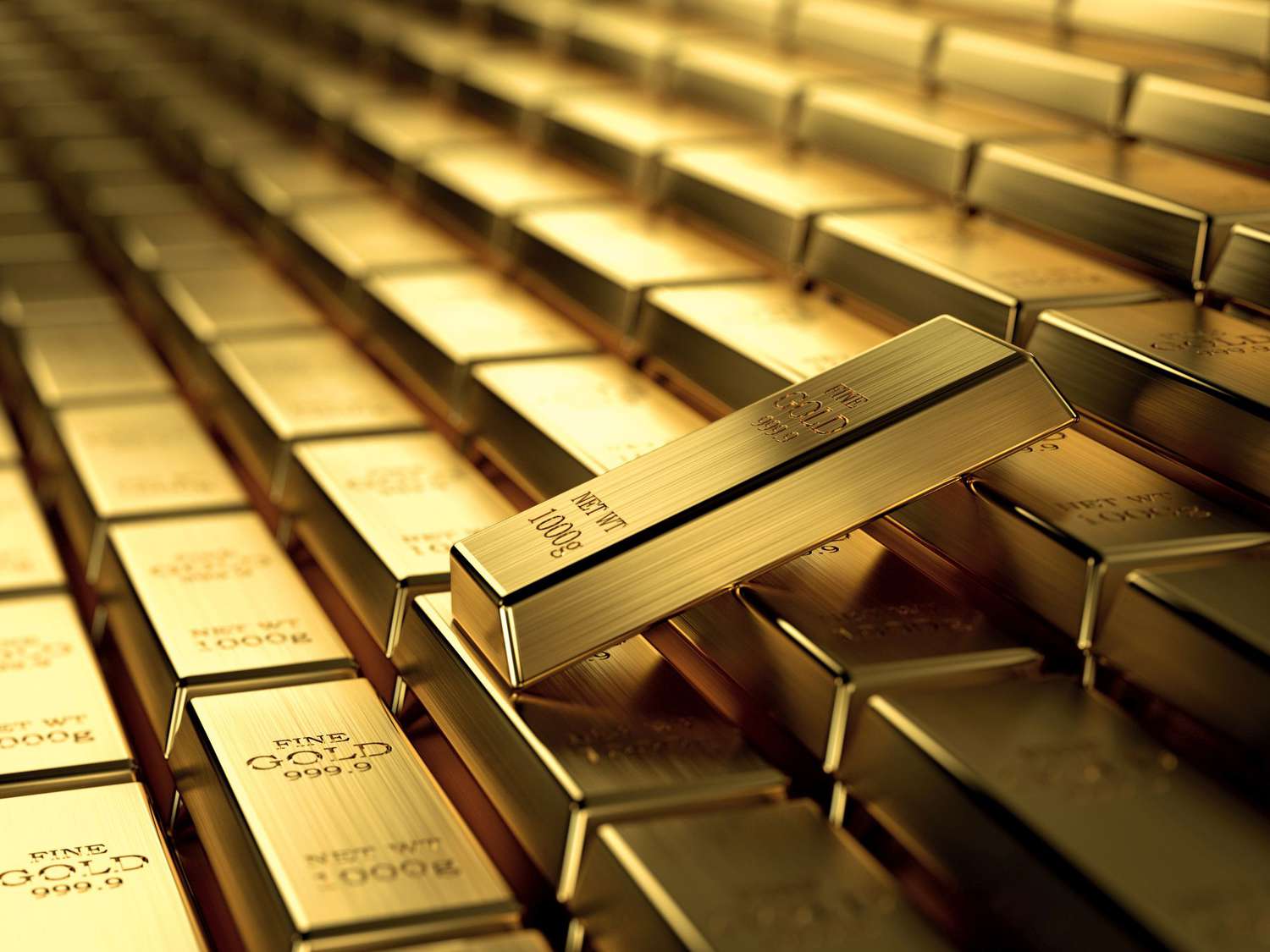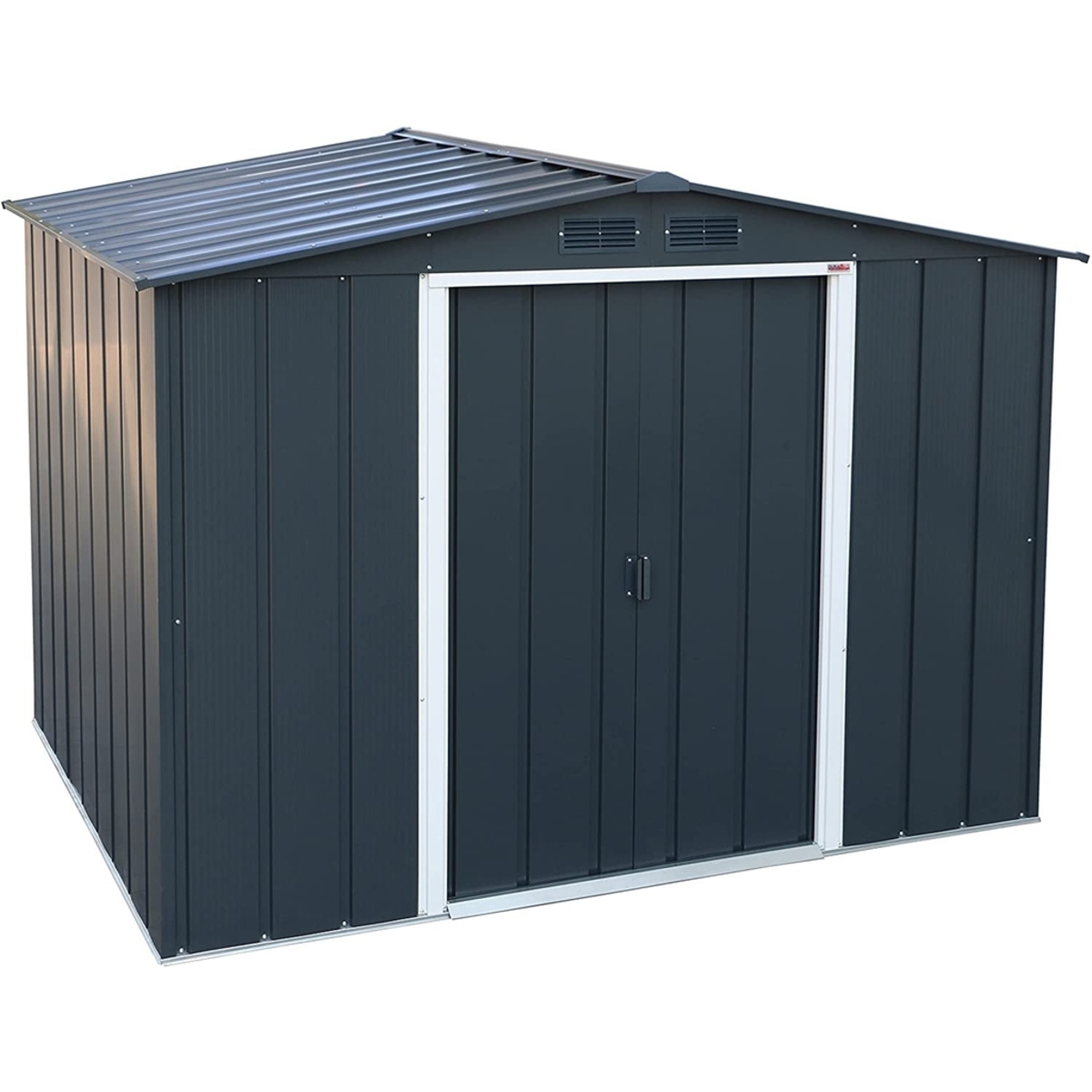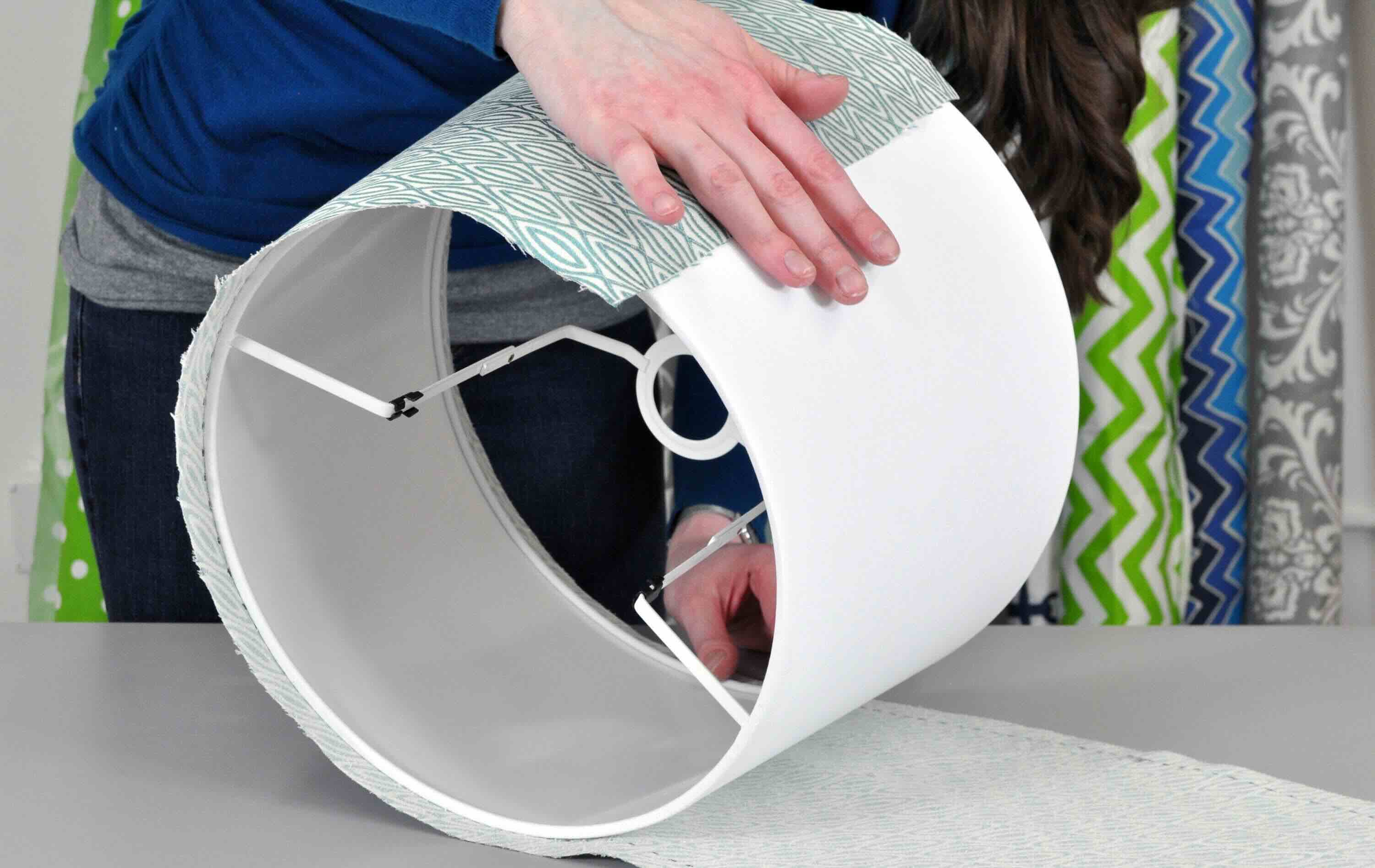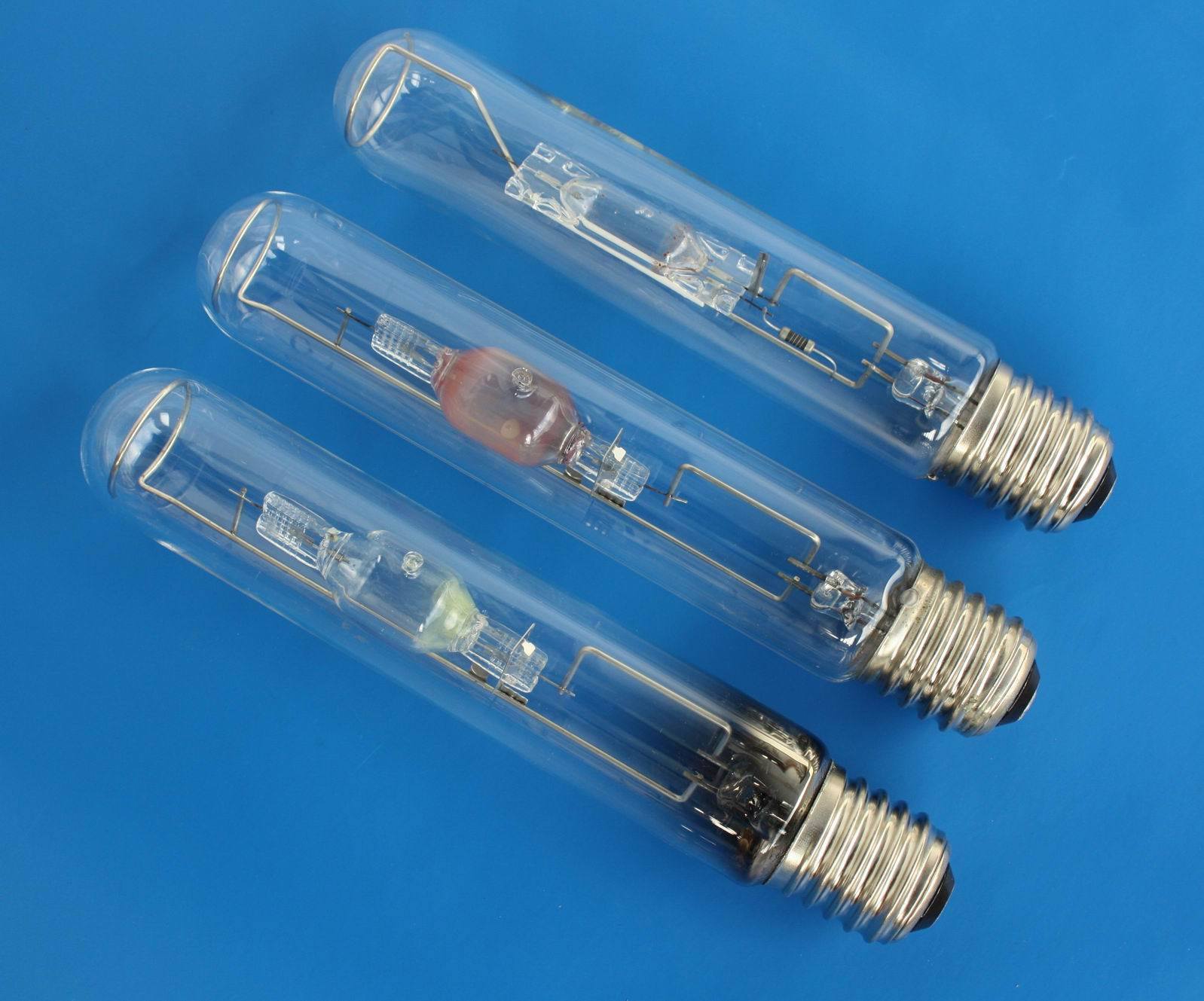

Furniture
How A Metal Halide Lamp Works
Modified: February 24, 2024
Discover how metal halide lamps work and their applications in the furniture industry. Explore the benefits and features of these innovative lighting solutions.
(Many of the links in this article redirect to a specific reviewed product. Your purchase of these products through affiliate links helps to generate commission for Storables.com, at no extra cost. Learn more)
Introduction
Metal halide lamps are a popular lighting option in many different settings, from homes and offices to sports arenas and industrial facilities. These lamps offer a bright, efficient, and versatile lighting solution that has become a favorite among designers and homeowners alike. In this article, we will delve into the inner workings of metal halide lamps, exploring their components, working principles, advantages, and applications.
Metal halide lamps are a type of high-intensity discharge (HID) lamp, which means they produce light through the excitation of gases and metal salts. They are known for their high luminous efficacy, which refers to the amount of visible light produced for a given amount of electrical power consumed. Thanks to their efficiency, metal halide lamps are widely used in areas where bright and uniform lighting is required.
Throughout this article, we will discuss the various components that make up a metal halide lamp, how they work together to produce light, and the advantages and disadvantages of using this type of lighting. We will also explore the different applications where metal halide lamps are commonly found, highlighting their versatility and effectiveness in various environments.
So, whether you are considering using metal halide lamps for your home, office, or a large-scale project, or you simply want to gain a deeper understanding of this lighting technology, this article will provide you with the knowledge you need to make informed decisions.
Key Takeaways:
- Metal halide lamps offer high luminous efficacy, excellent color rendering, and a wide spectrum of colors, making them versatile and ideal for applications such as retail lighting, sports arenas, and architectural illumination.
- While metal halide lamps have a warm-up period and initial cost considerations, their long lifespan, versatility, and vibrant illumination make them a preferred lighting choice for various settings, from photography studios to street lighting.
Read more: How To Paint A Metal Lamp
What is a Metal Halide Lamp?
A metal halide lamp is a type of high-intensity discharge (HID) lamp that produces light through the excitation of a mixture of gases and metal salts. The lamp includes a quartz or ceramic arc tube filled with a high-pressure mixture of mercury vapor, metal halides, and other gases. These metal halides, such as sodium iodide and scandium iodide, are responsible for the lamp’s ability to produce a wide range of colors and a high-quality light output.
The construction of a metal halide lamp involves several key components. A key component is the arc tube, which houses the glowing plasma and is made of durable materials like quartz or ceramic to withstand the high temperatures produced during operation. The lamp also contains electrodes, usually made of tungsten, that are positioned at either end of the arc tube. These electrodes are responsible for creating and maintaining the electrical arc within the lamp.
Unlike incandescent or fluorescent bulbs, metal halide lamps require a ballast to regulate the electrical current flowing through them. A ballast is an electrical device that provides the necessary voltage and current to start and operate the lamp. It ensures that the lamp receives the proper voltage and controls the current to maintain a stable arc within the lamp.
One notable characteristic of metal halide lamps is their ability to produce a high color rendering index (CRI), which refers to how accurately the lamp renders colors compared to natural sunlight. Metal halide lamps have a CRI of 80 or higher, making them ideal for applications where color accuracy is important, such as in photography studios, art galleries, or retail displays.
Overall, metal halide lamps are known for their high luminous efficacy, long lifespan, and excellent color rendering capabilities. They provide a powerful and energy-efficient source of light that can be utilized in a variety of applications, from indoor and outdoor lighting to stadium illumination and automotive headlights. In the next section, we will explore the working principle of metal halide lamps in greater detail to understand how they produce light.
Components of a Metal Halide Lamp
A metal halide lamp consists of several essential components that work together to produce light. Understanding these components is key to comprehending how a metal halide lamp operates and what makes it unique compared to other types of lighting sources.
1. Arc Tube: The arc tube is the heart of a metal halide lamp. It is typically made of quartz or ceramic materials and houses the plasma arc. The arc tube is filled with a mixture of mercury vapor, metal halides (such as sodium iodide and scandium iodide), and other gases. The gas mixture determines the lamp’s color temperature and spectral output.
2. Electrodes: Metal halide lamps have two electrodes, one at each end of the arc tube. These electrodes are usually made of tungsten and are responsible for initiating and maintaining the electrical arc within the lamp. When the lamp is turned on, a high voltage is applied to the electrodes, creating a spark that heats up the gases inside the arc tube.
3. Ballast: A metal halide lamp requires a ballast to regulate the electrical current flowing through it. The ballast ensures that the lamp receives the appropriate voltage and controls the current to maintain a stable arc. There are several types of ballasts available, including magnetic and electronic ballasts, each with its own advantages and characteristics.
4. Reflector: Many metal halide lamps utilize a reflector to maximize light output and enhance the lamp’s efficiency. The reflector is typically made of a highly reflective material, such as aluminum, and is strategically shaped to direct light in a desired direction. It helps to focus and distribute the light efficiently, reducing wastage and improving overall lighting performance.
5. Base: The base of a metal halide lamp is responsible for connecting the lamp to the socket or fixture. It provides electrical contact and ensures a secure and stable connection. The base may vary depending on the lamp type and application, with common options including screw-in bases (such as E26 or E39) or pin bases (such as G8.5 or G12).
6. Outer Bulb: Some metal halide lamps feature an outer bulb to provide additional protection and insulation. The outer bulb is typically made of glass and helps to contain the components of the lamp, preventing dust, debris, and moisture from entering and affecting its performance.
These components work synergistically to create the necessary conditions for a metal halide lamp to produce light. In the next section, we will explore the working principle of a metal halide lamp to understand how the interaction between these components leads to the emission of bright and efficient illumination.
Working Principle of a Metal Halide Lamp
The working principle of a metal halide lamp revolves around the excitation of gases and metal salts within the arc tube, leading to the production of intense and high-quality light. Understanding how these lamps operate can help us appreciate their efficiency, color rendering capabilities, and overall performance.
When electrical current is applied to a metal halide lamp, it flows through the electrodes positioned at each end of the arc tube. This high voltage creates a spark and heats up the gases and metal halides inside the arc tube, leading to the formation of a plasma arc.
The arc produces a tremendous amount of heat, causing the metal halides to vaporize and become ionized. The ionized gases within the arc emit ultraviolet (UV) radiation, which is not visible to the human eye. However, the inner wall of the arc tube is coated with a phosphor material that converts the UV radiation into visible light.
This conversion process allows metal halide lamps to produce a wide spectrum of colors and a high color rendering index (CRI), which refers to how accurately the lamp renders colors compared to natural sunlight. Metal halide lamps typically have a CRI of 80 or higher, making them suitable for applications where color accuracy is crucial.
The intensity of light produced by a metal halide lamp can be controlled by adjusting the electrical current supplied to the lamp. Higher current levels result in a brighter light output, while lower levels can be used to reduce brightness for specific lighting requirements.
One of the unique characteristics of metal halide lamps is the presence of a warm-up period. When these lamps are first turned on, it takes some time for the arc to reach its optimal operating conditions. During this warm-up period, the lamp may emit a dim and flickering light, but it gradually stabilizes and reaches its full brightness within a few minutes.
It is important to note that metal halide lamps require a ballast to regulate the electrical current flowing through them. The ballast ensures that the lamp receives the correct voltage and provides the necessary ignition voltage during startup. The ballast also helps maintain a stable arc and prevents flickering or premature lamp failure.
In summary, the working principle of a metal halide lamp involves the excitation of gases and metal halides within the arc tube, resulting in the production of a plasma arc that emits UV radiation. The UV radiation is then converted into visible light by the phosphor coating on the arc tube. This process enables metal halide lamps to provide bright, efficient, and high-quality illumination in a variety of applications.
Electrode Ignition and Arc Formation
Electrode ignition and arc formation are crucial steps in the operation of a metal halide lamp. Understanding this process helps us comprehend how the lamp starts up and generates the intense and vibrant light it is known for.
When the lamp is first turned on, a high voltage is applied to the electrodes located at each end of the arc tube. This voltage creates a strong electric field between the electrodes, causing electrons to be emitted from the cathode (negative electrode) and accelerated towards the anode (positive electrode).
As the electrons move through the arc tube, they collide with gas molecules, causing them to become ionized. Ionization refers to the process of adding or removing electrons from atoms, resulting in the formation of charged particles.
Once the gas molecules are ionized, a path is created for the flow of electrical current. This path is known as the electrical arc. The electrical arc is a highly conductive channel of plasma that emits intense heat and light.
However, in metal halide lamps, there is an additional step involved in electrode ignition. The metal halides present within the arc tube need to be heated and vaporized before they can contribute to the arc formation and light production.
The high temperature created by the electrical arc causes the metal halides to vaporize and become ionized as well. The vaporized metal halides are responsible for the lamp’s ability to produce a wide range of colors and a high-quality light output.
It is worth noting that the electrode ignition and arc formation process may require a brief warm-up period. During this warm-up time, the lamp may emit a dim and flickering light. As the arc stabilizes and reaches its optimal operating conditions, the lamp gradually reaches its full brightness within a few minutes.
The successful ignition and maintenance of the electrical arc rely on the presence of a ballast in the lamp circuit. The ballast helps regulate the electrical current and provides a high ignition voltage during startup. It also serves to stabilize the arc and prevent flickering or premature lamp failure.
In summary, the electrode ignition and arc formation process is a critical aspect of metal halide lamp operation. When the lamp is turned on, a high voltage is applied to the electrodes, causing electrons to be emitted, accelerated, and collide with gas molecules to create ionized particles. The high temperatures generated by the electrical arc vaporize and ionize the metal halides, contributing to the lamp’s color output. The ballast plays a vital role in igniting and sustaining the arc, ensuring proper lamp operation and optimal light production.
When using a metal halide lamp, make sure to allow it to cool down before handling it, as the lamp can reach high temperatures during operation.
Read more: How Does A Lamp Work
Metal Halide Discharge and Spectrum
The metal halide discharge and spectrum play a significant role in the light output and characteristics of a metal halide lamp. Understanding how the discharge occurs and the resulting spectrum can help us appreciate the quality and versatility of this type of lighting.
When a metal halide lamp is in operation, the electrical arc inside the arc tube creates a discharge of charged particles known as a plasma. This plasma consists of positively charged ions, negatively charged electrons, and neutral atoms and molecules.
As the electrical arc passes through the metal halides present within the arc tube, the intense heat and energy cause the metal halide molecules to dissociate, or break apart, into their constituent metal atoms and halogen atoms.
These dissociated metal atoms are then energized by colliding with the high-energy electrons present in the plasma. The energized metal atoms move to higher energy levels and eventually return to their lower energy levels, emitting light in the process.
The specific emitted light from a metal halide lamp depends on the metal halides used in the lamp. Different metal halides produce different colors due to variations in the energy levels and transitions of their atoms.
The emitted light from a metal halide lamp covers a broad spectrum, from UV radiation to visible light. The lamp’s spectrum contains a mixture of different wavelengths, each corresponding to a different color. This characteristic enables metal halide lamps to provide a high color rendering index (CRI) and produce vibrant and accurate colors under their illumination.
One key advantage of metal halide lamps is their ability to produce a wide range of colors with high efficiency. The combination of metal halides in the lamp’s composition allows for this versatility. For example, lamps with different metal halides can produce warm or cool white light, as well as various shades of yellow, blue, green, or other colors.
The spectral output of a metal halide lamp can be further controlled and modified by incorporating additional filters or coatings onto the arc tube or the lamp envelope. These filters can help fine-tune the lamp’s spectral distribution, block certain undesired wavelengths, or enhance specific colors.
In summary, the metal halide discharge within a lamp generates a plasma of charged particles. This plasma energizes the metal atoms within the metal halides, causing them to emit light as they transition between energy levels. The resulting spectrum of a metal halide lamp covers a wide range of colors, providing high color rendering properties and versatility. With the ability to produce vibrant and accurate light, metal halide lamps find applications in various fields, from photography and retail to sports arenas and automotive lighting.
Advantages and Disadvantages of Metal Halide Lamps
Metal halide lamps offer several advantages and have become a popular lighting choice in various applications. However, like any technology, they also have their disadvantages. Understanding the pros and cons can help you make an informed decision about whether metal halide lamps are the right lighting solution for your specific needs.
Advantages:
- High Luminous Efficacy: Metal halide lamps are known for their high luminous efficacy, meaning they produce a significant amount of visible light for the amount of electrical power consumed. This makes them a highly efficient lighting option, providing bright illumination while minimizing energy consumption.
- Excellent Color Rendering: Metal halide lamps have a high color rendering index (CRI), typically 80 or higher. This means that they can accurately render colors and make objects appear more vibrant and natural under their light. Metal halide lamps are favored in applications where color accuracy is important, such as retail displays, art galleries, and photography studios.
- Wide Spectrum of Colors: Metal halide lamps can produce a wide range of colors by using different metal halides in their composition. This flexibility allows for creative lighting designs and enables specific color preferences to be met, enhancing visual appeal in various environments.
- Long Lifespan: Metal halide lamps have a relatively long lifespan, typically ranging from 6,000 to 20,000 hours. With proper maintenance and regular cleaning, they can provide consistent and reliable lighting for extended periods, reducing the need for frequent replacements.
- Versatility: Metal halide lamps are versatile and can be used in various applications. They are commonly found in indoor and outdoor settings, including residential, commercial, and industrial environments. They are used in stadium lighting, parking lot illumination, architectural lighting, aquariums, and street lighting, among others.
Disadvantages:
- Warm-up Time: Metal halide lamps require a warm-up period before reaching their full brightness. During this period, the lamp may emit a dim or flickering light until the arc stabilizes. This warm-up time can limit their suitability in applications where instant full brightness is required.
- High Initial Cost: Metal halide lamps can have a higher upfront cost compared to some other lighting options. This is partially due to the need for a ballast and other supporting components. However, the long lifespan and energy efficiency of metal halide lamps often make them cost-effective over the long term.
- Heat Generation: Metal halide lamps generate a significant amount of heat during operation. This heat output can increase the ambient temperature in the surrounding area and may require additional cooling measures to prevent overheating and ensure safe operation.
- Sensitivity to Voltage Fluctuations: Metal halide lamps are sensitive to voltage fluctuations, which can affect their performance and lifespan. Therefore, it is important to install stable and properly regulated electrical systems to maintain consistent operating conditions for the lamps.
- Environmental Considerations: Metal halide lamps contain small amounts of mercury, a hazardous material. Proper disposal and recycling procedures should be followed to prevent environmental contamination and ensure compliance with regulations.
By considering these advantages and disadvantages, you can determine whether metal halide lamps align with your lighting requirements, budget, and environmental considerations.
Applications of Metal Halide Lamps
Metal halide lamps find wide-ranging applications due to their versatile and high-quality lighting capabilities. From indoor to outdoor settings, these lamps are favored for their ability to produce bright and vibrant illumination. Let’s explore some of the common applications where metal halide lamps are extensively used:
- Commercial and Retail Lighting: Metal halide lamps are popular in commercial and retail spaces, including shopping malls, boutiques, and showrooms. Their high color rendering index (CRI) and ability to create a wide spectrum of colors make them ideal for showcasing products and creating an inviting and visually appealing shopping experience.
- Stadium and Sports Lighting: Metal halide lamps are widely used in stadiums and sports arenas to provide powerful and uniform lighting for sporting events. Their high luminous efficacy and ability to illuminate large areas make them suitable for broadcasting and enhancing visibility for both players and spectators.
- Street and Area Lighting: Metal halide lamps are commonly employed for street lighting and illuminating large outdoor areas such as parking lots and parks. They offer a bright and efficient lighting solution, ensuring improved visibility and safety for pedestrians and drivers during nighttime hours.
- Architectural Lighting: Metal halide lamps are utilized in architectural lighting to accentuate the aesthetics and design of buildings. They can be used to highlight architectural features, create dramatic lighting effects, and provide uniform illumination for facades, monuments, and landmarks.
- Photography and Film Studios: Metal halide lamps are often found in photography and film studios due to their high color rendering capabilities. They provide excellent color accuracy, allowing photographers and filmmakers to capture and reproduce accurate and vibrant images. These lamps are also popular for simulating daylight conditions in studio settings.
- Aquarium Lighting: Metal halide lamps are favored for their ability to replicate natural sunlight in aquariums. They provide the necessary light spectrum for photosynthesis in aquatic plants and contribute to the growth and health of marine life. The intense and focused light output of metal halide lamps enhances the visual appeal of aquarium displays.
- Indoor and Warehouse Lighting: Metal halide lamps are used for general lighting purposes in indoor spaces such as warehouses, gymnasiums, and large indoor facilities. They offer uniform illumination, covering large areas efficiently, and are suitable for spaces that require bright, high-quality lighting.
These are just a few examples of the many applications where metal halide lamps are extensively utilized. Their versatility and ability to provide powerful and efficient lighting make them a favored choice in a wide range of industries and settings.
Conclusion
Metal halide lamps have proven to be a reliable and versatile lighting solution, offering bright and efficient illumination for a wide range of applications. The combination of their high luminous efficacy, excellent color rendering, and wide spectrum of colors make them a popular choice in commercial, industrial, and residential settings.
Throughout this article, we have explored the components, working principle, advantages, and applications of metal halide lamps. We have learned that these lamps consist of an arc tube, electrodes, a ballast, and other supporting components that work together to create a plasma arc, producing intense light through the excitation of metal halides.
The advantages of metal halide lamps include their high luminous efficacy, excellent color rendering, long lifespan, versatility, and wide spectrum of colors. These lamps find applications in various fields, such as commercial and retail lighting, stadium and sports lighting, architectural lighting, photography studios, and aquariums.
However, there are also some disadvantages to consider, including warm-up time, initial cost, heat generation, sensitivity to voltage fluctuations, and environmental considerations related to the presence of mercury. Despite these drawbacks, the benefits and flexibility offered by metal halide lamps often outweigh the challenges, making them a preferred lighting option in many scenarios.
As technology continues to advance, other lighting options such as LEDs have gained popularity and pose as alternatives to metal halide lamps. However, metal halide lamps continue to be widely used and trusted due to their proven performance, versatility, and ability to deliver high-quality illumination.
In conclusion, metal halide lamps remain a reliable and effective lighting solution, loved by designers, homeowners, and professionals across various industries. With their ability to provide bright and vibrant lighting, metal halide lamps continue to thrive, enhancing aesthetics and improving visibility in diverse settings.
Frequently Asked Questions about How A Metal Halide Lamp Works
Was this page helpful?
At Storables.com, we guarantee accurate and reliable information. Our content, validated by Expert Board Contributors, is crafted following stringent Editorial Policies. We're committed to providing you with well-researched, expert-backed insights for all your informational needs.

